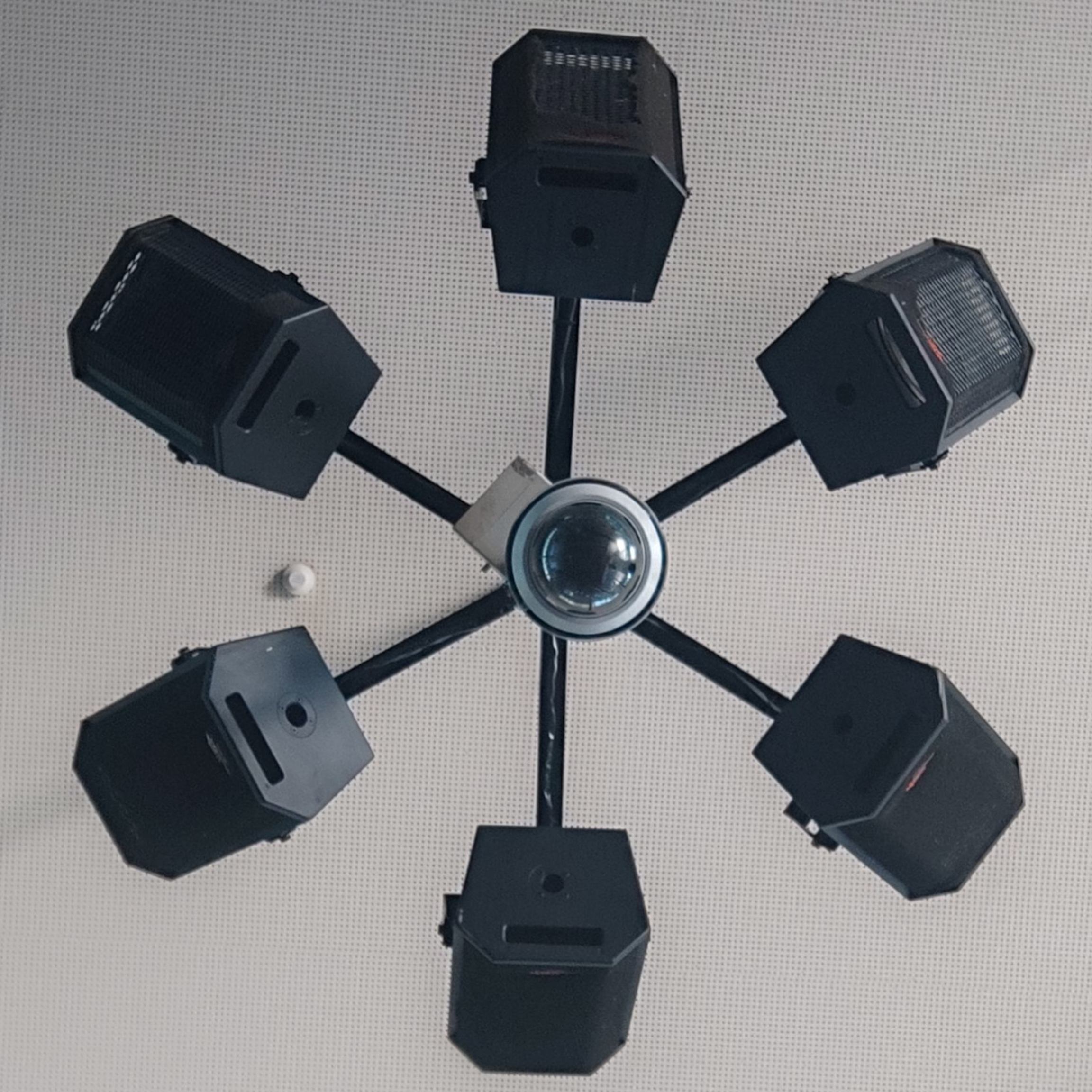Original question by @POTOOOOOOOO@reddthat.com
I use Arch, btw, but I don’t consider it the best (yes I do.) I could easily transition to Fedora, for example (I would never do that,) and be completely happy (I would rather continually hit my head with the metal stapler gun on my desk.)
Hannah Montana Linux
No further arguments needed.
Does what I want and gets out of my way.
Debian. It works so well that I never even looked at different distros during the last 20 years or so…
To each its own in accordance to their needs. Debian is great unless you want to add proprietary stuff like GPUs. That’s the whole reason so many distros (e.g. Ubuntu) raised to fame and gained popularity while being based on Debian… That, and the fact that until recently Debian installation guide was not updated and called to download an ISO to be burned in 1-2 CDs… that was so f*ing unclear. Of course you can use a pendrive, but if the guide talks about CDs… that’s just confusing to newbies. None pointed that out, but to me is like being even less friendly than Arch :P Just my opinion. That said, I have been using Debian based distros for most of my time, even today (desktop PC with MX ‘ahs’.)
Debian’s documentation can be pretty awful. The Nvidia Driver install guide in particular could use a revamp.
Mint is Ubuntu minus everything that makes Ubuntu annoying. That’s why I like it.
I considered to go back to Debian but… eh, I’m too old and impatient for that. Nowadays I mostly want things that work out of the box.
Do things not work out of the box on debian?
From what I remember*, there was always some rough corner. Such as the wi-fi, or the graphics card. Sure, Stable was rock solid, but you always needed something from Testing; and Testing in general was overall less stable than Ubuntu or Mint.
*This was years ago, so it might be inaccurate as of 2025.
Linux Mint has a Debian Edition (LMDE) if you ever wanted a Debian that Just Works.
I did use the first LMDE for some time, and I loved it, it’s a great distro. I don’t recall why I went for the Ubuntu-based Mint later on, I think it was the PPAs?
The Ubuntu version does have all of Mint’s tools and stuff. Pretty sure the Debian edition is missing the Driver Manager and maybe some others.
All the good parts of Ubuntu have long since been integrated upstream. And Debian’s release cycle has increased a lot so you’re not stuck with old versions anymore.
It isn’t, it is the least bad
Which technically makes it the best, doesn’t it?
I’ve been enjoying EndeavourOS over the past three years. It works wonderfully out of the box at default settings, and was really easy for me to use and set up to my liking with minimal know-how needed.
It also works really well on the variety of machines I have in my home. My desktop, modded Chromebook, and my husband’s laptop.
It’s allowed me to get more familiar and confident with the command line, and enough so that I’ve switched to Sway from XFCE (and previously KDE).
I’m convinced it isn’t.
NixOS. My entire config is source-controlled and I can easily roll back to a previous boot image if something breaks like cough Nvidia drivers. I also use it for my home router and all self-hosted services.
This week alone I’ve used Arch, Ubuntu, OpenSuse, and Fedora. Its Arch. By a short way, and mostly thanks to the wiki. Tbh they are all converging, and I go with KDE variants when I use a GUI and no distro does too much to customise it
Mine’s the best, because it fits with what I want. Might not be your best, but it’s mine.
Because I like compiling everything from source for a 0.2% speed improvement
Because it was my first distro that got me away from Windows. And yes, it’s Mint.
It’s extremely stable, and countless other distros are derived from this.













